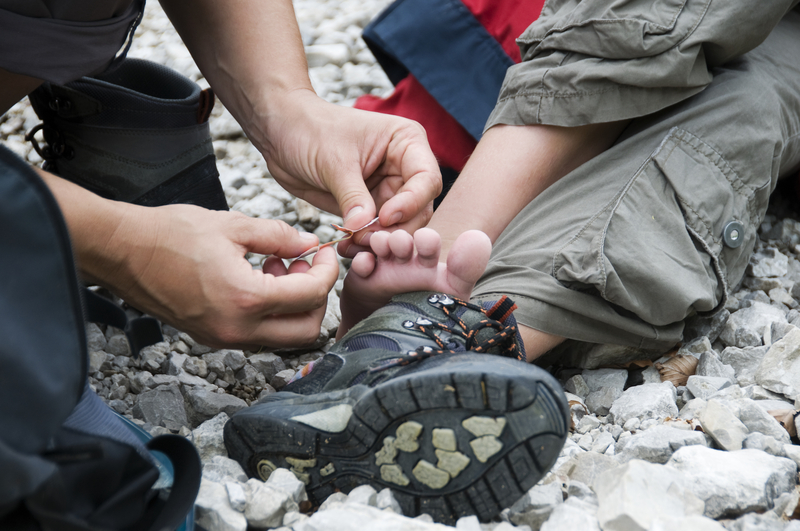Ways to become Blister Proof
by James Sowden (Feetology Podiatrist)

Blisters are a common foot injury affecting anyone from a serious ultra-marathon runner to a fashionista. While it may seem a benign injury, it can lead to complications such as infection and sepsis.
What causes a blister?
A blister occurs due to friction, usually due to your shoes or socks rubbing against your skin. Over time the friction causes a tear in the outer layers of skin, forming a cleft which fills with fluid. Anything that intensifies rubbing can start a blister such as poor fitting shoes, foot abnormalities or damp socks!
Tips to avoid a blister:
Not all feet are the same and the majority of blisters are preventable, so a little common sense and these handy hints could get you out of trouble
Choose correct fitting footwear – Avoid footwear that is too tight or loose! A good trick is to take out the insole of the shoe and see how much room you have around your toes. If you notice excessive movement in a shoe, there are different lacing techniques that can be utilised to stop friction from occurring. Talk to your podiatrist about the best lacing techniques for your feet
Break in new footwear – If you notice new footwear is causing you a problem, it is best to gradually wear them in
Choose socks carefully – Socks are important as they keep moisture away and minimise friction. Avoid cotton socks! Nylon socks or synthetic fibres such as coolmax will allow for breathability and will wick moisture away
Double up – Wearing two socks has been found to lower the incidence of blisters in an active population. There are even socks that have two layers designed for this purpose such as Nike Elite, wrightsocks, armaskin or fortisocks
Take care of your socks – Always make sure that you have clean dry socks. Damp socks tend to soften and weaken the skin, increasing the likelihood of a blister occurring
Patch the area up – Use a bandaid, blister patch or tape to cover the blister prone areas. Taping adds an extra layer between your feet and socks, which can prevent blisters from occurring. If you are unsure about taping your feet, consult your podiatrist on the best method and materials to use
Don’t burst your bubble! – You should never pop a blister as this can introduce bacteria which can lead to nasty infections. You should see your podiatrist for a range of specialised sterile dressings, deflective padding, or other treatment modality. This is especially important if you have DIABETES OR CIRCULATION PROBLEMS. Seek assistance your podiatrist or a GP right away.
So before you set foot on your next journey or purchase new footwear, visit your podiatrist and become blister-proof! Your feet will thank you.
